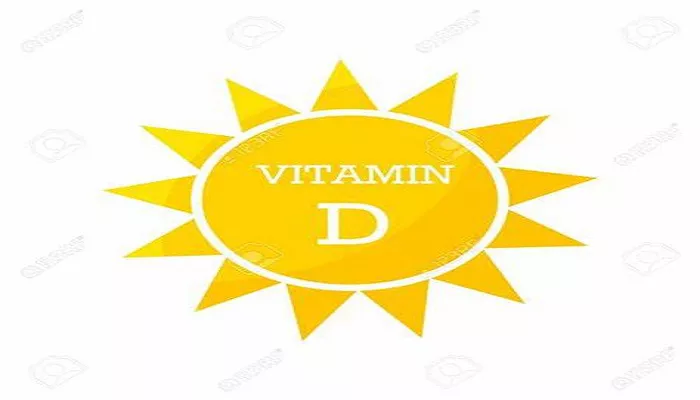As the warm spring sun shines, it’s the perfect season for an outing. However, with plane trees shedding a lot of fluff recently, some people opt to stay indoors and sunbathe through glass windows, thinking they can still get sunlight and supplement calcium. But is this really possible?
The statement that “sunbathing helps supplement calcium” isn’t entirely accurate. Sunbathing doesn’t directly supply calcium to the human body. Instead, it aids in supplementing vitamin D. Vitamin D enhances the intestine’s ability to absorb calcium and maintains muscle strength. Ultraviolet B (UVB) in sunlight acts on human skin, converting 7 – dehydrocholesterol into vitamin D3. This is then absorbed into the bloodstream, metabolized by the liver and kidneys, and transformed into active vitamin D. Active vitamin D promotes the absorption of calcium and phosphorus and regulates bone metabolism, thus achieving the effect of calcium supplementation and preventing diseases like rickets and osteoporosis. Research shows that although some vitamin D can be obtained from food, about 80% still needs to be synthesized by the body through ultraviolet radiation. So, for preventing osteoporosis, it’s essential to get proper sun exposure in daily life.
When it comes to sunbathing through glass to supplement calcium, the answer is a resounding no. Sunlight’s ultraviolet rays can be classified into UVA, UVB, and UVC based on wavelength. UVA has the longest wavelength (320 – 400 nanometers) and relatively low energy. Over 95% of it can penetrate the atmosphere and is the main cause of skin photoaging and tanning. UVB has a medium wavelength (290 – 320 nanometers) but high energy. Most of it is absorbed by the ozone layer, with only about 10% reaching the ground, and it’s responsible for sunburn and skin pigmentation. UVC has the shortest wavelength (100 – 290 nanometers) and is almost completely absorbed by the ozone layer, rarely reaching the ground.
It’s UVB that enables vitamin D synthesis, while UVA contributes nothing to this process. Ordinary glass, like that used in windows and car windows, can block almost all UVB, allowing only UVA to pass through. Special glasses, such as quartz glass, might let UVB through, but they’re not commonly used in daily life. Therefore, when sunbathing through glass, the transmittance of ultraviolet rays drops significantly. Even if one feels warm, the skin can’t get enough UVB to synthesize vitamin D, and thus can’t promote calcium absorption.
Although sunbathing helps the body synthesize vitamin D and promote calcium absorption, it must be done scientifically to avoid getting tanned or sunburned. So, should sunscreen be applied during sunbathing? Studies indicate that SPF15 sunscreen can reduce vitamin D photosynthesis by 98%. Applying sunscreen defeats the purpose of synthesizing vitamin D.
To resolve this dilemma, here are some scientific sunbathing tips
The periods from 9 a.m. to 10 a.m. and 3 p.m. to 5 p.m. are ideal. The temperatures are relatively comfortable, and the intensity of sunlight’s ultraviolet rays isn’t at its peak.
Exposing the head, face, arms, legs, etc., to sunlight for 30 – 60 minutes, 2 – 3 times a week, is enough to help the body synthesize vitamin D.
To prevent sunburn, wear light – colored, lightweight clothing to reflect sunlight. Wearing sunglasses can also protect the eyes from ultraviolet damage. In short, moderation is key when it comes to sunbathing.
Moreover, while sunbathing, calcium supplementation is crucial. Dairy products, soy products, seafood, green leafy vegetables, and nuts are all rich in calcium. Taking calcium supplements when necessary can also help meet the body’s calcium needs.
Related topics


